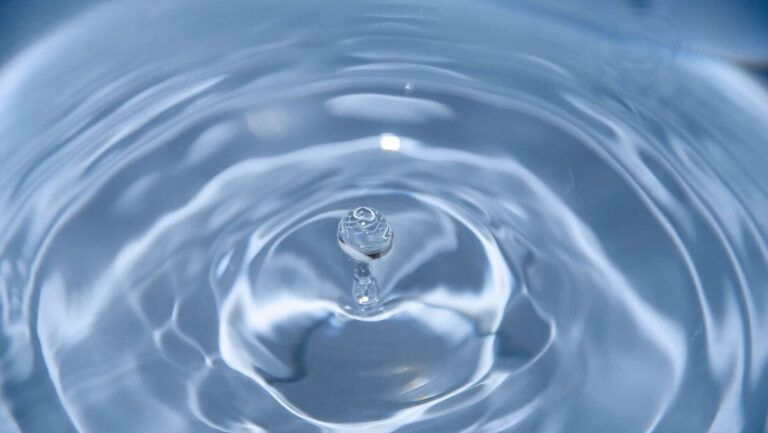The water crisis has been a troubling issue across the globe for a long time now. It is saddening to know that millions of people globally still do not have access to clean water, a basic human right without which no one can exist.
Given that water makes up roughly three-quarters of the earth, it is surprising how difficult it is to acquire clean water. Around the world, 2.2 billion people do not have access to clean water close to their homes. And still every year, water contamination and poor sanitation cause millions of deaths. Let’s look at some of the actions to improve access to clean water.
Table of Contents
The 5 actions to combat the water crisis and improve access to clean water
The following are some actions crucial to combat water crisis and improve access to clean water:
1. Building water infrastructure
The absence of infrastructure in many regions of the world is one of the main causes of the lack of access to clean water. A lot of rural areas lack access to clean water since there aren’t enough water treatment facilities in many developing nations.
One of the critical benefits of having enough water infrastructure is that it can help prevent the spread of waterborne diseases. By treating water before it is distributed, it can remove harmful bacteria and viruses, making it safe to drink. This will have a significant impact on public health, reducing the incidence of waterborne illnesses and improving overall well-being.
The infrastructure required to supply communities with clean water must be funded by governments and international organizations. This covers the building of new wells, pipes, and water treatment facilities.
2. Water desalination
Water desalination is the process of removing salt and other minerals from seawater, brackish water, or contaminated water, making it suitable for human consumption.
Therefore, water desalination technologies are being developed to extract fresh water from seawater and brackish water sources. The process involves several steps, including pre-treatment, membrane filtration, and post-treatment. Its technologies include reverse osmosis, electrodialysis, and thermal desalination, and they have the potential to provide a reliable source of fresh water in regions where freshwater is scarce.
Water desalination has been used for decades in arid regions, where freshwater is scarce. Countries like Saudi Arabia, Israel, and the United Arab Emirates have been using desalination to provide a significant portion of their drinking water. However, desalination is expensive, and the cost of producing clean water is still high in many parts of the world.
3. Wastewater treatment
80% of the wastewater produced worldwide is released into the environment untreated. Additionally, only about 50% of people worldwide have access to properly maintained sanitation in their houses. Typhoid fever, cholera, diarrheal disorders, and parasitic worms are only a few of the ailments that are brought on by the ineffective treatment of sewage and other pollutants. Additionally, it harms rivers, oceans, and coastal habitats.
The primary objective of wastewater treatment plants is to safeguard local ecosystems and people from hazardous substances present in wastewater.
Because the natural process of cleaning water cannot keep up with the amount of garbage society creates, water treatment facilities were created to accelerate the natural process. Life would be more hazardous lacking wastewater treatment alongside additional recycling procedures, and this is still true in developing countries without well-established wastewater treatment facilities.
Read also: World Water Day 2023, UN warns: unsustainable use, risk of global water crisis
4. Water conservation promotion
Water conservation promotion is a crucial action that can significantly improve access to clean water. It involves the judicious use of water resources to reduce wastage and ensure a sustainable supply of clean water. Promoting water conservation can be done at the individual, community, and national levels, and it has several benefits.
One of the primary benefits of water conservation promotion is that it reduces water demand. By promoting practices such as fixing leaking pipes, using water-efficient appliances, and reducing outdoor water use, communities can reduce the amount of water they consume. This, in turn, reduces the amount of water that needs treatment, freeing up resources for other uses.
5. Address climate change
Climate change is a significant contributor to the global water crisis. Rising temperatures, changing precipitation patterns, and extreme weather events all impact water availability and quality.
Extreme weather conditions increase water scarcity, unpredictability, pollution, or all three. The repercussions on the entire water cycle pose a danger to biodiversity, sustainable development, and people’s access to clean water and sanitary facilities. Governments and organizations must take action to address climate change to mitigate its impact on water resources. This includes investing in renewable energy, reducing greenhouse gas emissions, and implementing policies that promote sustainable development.
Continuous innovation; a way out of the water crisis
Innovation is playing a critical role in making progress on clean water security and resolving water crisis faster. By developing new technologies and engaging communities, we can address the challenges of providing safe and accessible water to all. As we continue to innovate, we can work towards achieving the United Nations Sustainable Development Goal 6: ensuring access to clean water and sanitation for all.
To reach SDG6 on time, research indicates that governments must work roughly four times as quickly; nonetheless, accomplishing this goal would depend on collaborations between the public, corporate, and NGO sectors.
Read also: Global water crisis, the 5 countries with the highest consumption rates












